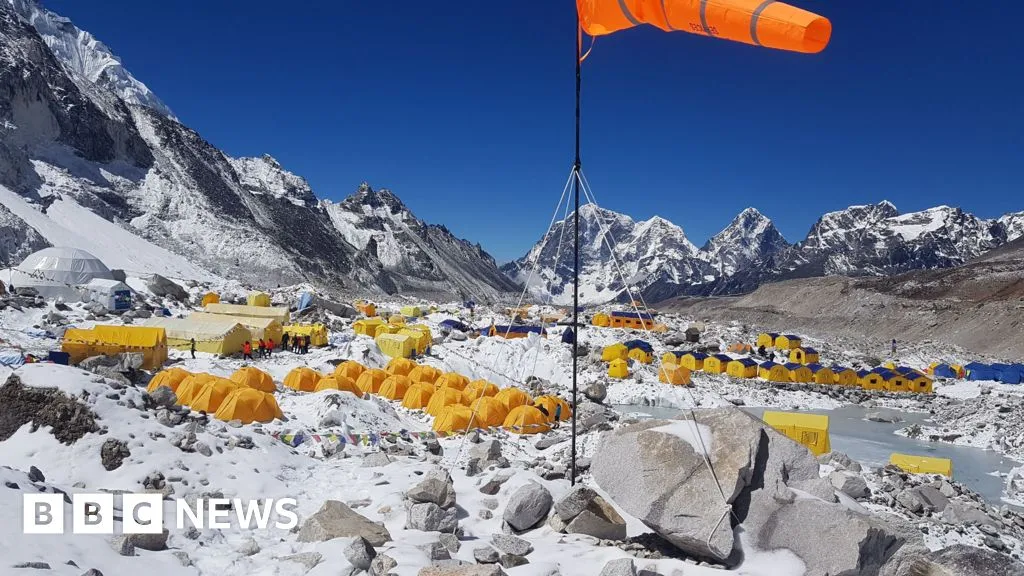Four corpses and one skeleton were also removed from Everest and other peaks during an annual clean-up.
Archived version: https://archive.ph/NvaQr
All 4 of whom were once highly motivated individuals ;-)
Possibly some of them where Sherpas who died while slaving their body to westerners.
I have a Nepalese friend, Pasang Sherpa, but we just call him Mani. The surname means he and his family are from that specific area.
He has done a lot of Nepal (obviously) but for work he mostly portered to Camp 3. He says he preferred that so much more as they would just leave the guide and the tourists and power ahead with way more weight. On some occassions they’d do a second trip between camps for a different group and pass the first group on the way back up.
He enjoyed it, but competition between families and non-Sherpa people using the ‘Sherpa’ name almost as a brand to appear like that’s their locale, started making it risky with poor reward. These days, there’s a chance your Sherpa isn’t actually a Sherpa and is someone from another area in Tibet or Nepal that hasn’t grown up in those specific mountains or even the Himalayas at all and is lacking all that generational knowledge. The increase in ‘Sherpa’ deaths is a combination of that and taking bigger risks to get the better paying jobs to try make it through off-season. It’s a bit cutthroat up there nowadays.
Edit: Oh, fun fact. His great uncle was the youngest Sherpa on the 1924 Mallory/Irvine expedition. This dudes done K2, Everest a bunch, spent his childhood at Kangchenjunga, but his great uncle is still cooler lol
As an actual climber, I can’t imagine what these filthy grots do up there.
Camps always has a dedicated rubbish section, contained, easy to seal and haul. Things that are single-use are avoided as it’s dead weight. Otherwise, have planned rubbish that can provide a use later, whether material or balsa containers that become kindling once empty, or keeping wet socks/gear in a dry spot that won’t dampen other gear layer, or dry bags that are light, compact, sealed, and often have many uses when weather or situations change.
The rule in the mountaineering and climbing communities around here is, “Leave it better than you found it.” A real climber manages their haul so well, picking up other’s rubbish along the journey doesn’t impact their ideal max weight. So what the fuck are these idiots doing where 11 tonnes gets taken off the mountains?! Most everything should be easily finding its way to camps for planned hauls down to base during season.
Nice, bow close it for tourists.
Well There’s Your Problem episode on how so much rubbish and corpses get up there in the first place.






